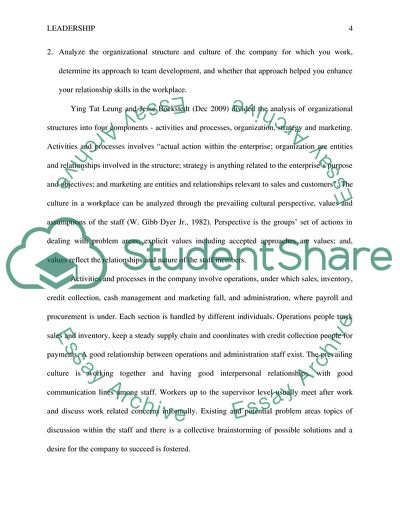Cite this document
(Leadership and Organization: Leadership Assessment Assignment - 1, n.d.)
Leadership and Organization: Leadership Assessment Assignment - 1. https://studentshare.org/human-resources/1786961-leadership-assessment
Leadership and Organization: Leadership Assessment Assignment - 1. https://studentshare.org/human-resources/1786961-leadership-assessment
(Leadership and Organization: Leadership Assessment Assignment - 1)
Leadership and Organization: Leadership Assessment Assignment - 1. https://studentshare.org/human-resources/1786961-leadership-assessment.
Leadership and Organization: Leadership Assessment Assignment - 1. https://studentshare.org/human-resources/1786961-leadership-assessment.
“Leadership and Organization: Leadership Assessment Assignment - 1”. https://studentshare.org/human-resources/1786961-leadership-assessment.


